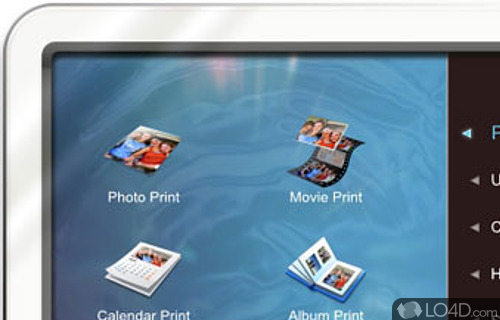

Jobs recalled, "I asked him if he would come up with a few options, and he said, 'No, I will solve your problem for you and you will pay me. In 1986, Jobs recruited the graphic designer Paul Rand to create a brand identity for US$100,000 (equivalent to $247,210 in 2021). : 75 : 44 Jobs argued, "It is hard to think that a $2 billion company with 4,300-plus people couldn't compete with six people in blue jeans." : 207 The suit was eventually dismissed before trial. Before the specifications were finished, however, Apple sued NeXT on Septemfor "nefarious schemes" to take advantage of the cofounders' insider information. It was designed to be powerful enough to run wet-lab simulations and affordable enough for college students to use in their dormitory rooms. After consulting with major educational buyers from around the country, including a follow-up meeting with Paul Berg, a tentative specification for the workstation was drawn up. Ī number of former Apple employees followed him to NeXT, including Joanna Hoffman, Bud Tribble, George Crow, Rich Page, Susan Barnes, Susan Kare, and Dan'l Lewin. He told the board he was leaving to set up a new computer company, and that he would be taking several Apple employees from the SuperMicro division with him, but he also promised that his new company would not compete with Apple and might even consider licensing their designs to them under the Macintosh brand. In September 1985, after several months of being sidelined, Jobs resigned from Apple. The board of directors sided with Sculley, and Jobs took a business trip to Western Europe and the Soviet Union on behalf of Apple. : 291 Later that year, Jobs began a power struggle to regain control over his company. : 227 In 1985, John Sculley ousted Jobs from his executive role at Apple and replaced him with Jean-Louis Gassée. As a result its sales plummeted, : 193 and Apple was forced to write off millions of dollars in unsold inventory. Jobs's division did not release the upgraded versions of the Macintosh computer and much of the Macintosh Office software. Jobs was intrigued by Berg's concept of a workstation and contemplated starting a higher-education computer company in late 1985, amid increasing turmoil at Apple. : 72 Berg was frustrated by the time and expense of researching recombinant DNA via wet laboratories, and suggested that Jobs should use his influence to create a " 3M computer" that is designed for higher education use. Jobs met Paul Berg, a Nobel Laureate in chemistry, at a luncheon held in Silicon Valley to honor President of France François Mitterrand. : 56, 67, 72 The Consortium had earned over $50 million on computer sales by February 1984. They were commercial successes on university campuses because Jobs had personally visited a few notable universities to promote his products, and also because of Apple University Consortium, a marketing program that allowed academics to buy them at a discount. In 1985, Apple co-founder and CEO Steve Jobs led a division campaign called SuperMicro, which was responsible for developing the Macintosh and Lisa computers.
CANON SOLUTION MENU MAC OS
Apple also promised that NeXT's operating system would be ported to Macintosh hardware, and combined with the classic Mac OS operating system, which would yield Mac OS X, later called macOS. NeXT also developed WebObjects, one of the first enterprise web application frameworks, and although it was not very popular because of its high price of $50,000, it is a prominent early example of a web server that is based on dynamic page generation rather than static content.Īpple purchased NeXT in 1997 for $429 million and 1.5 million shares of Apple stock, and Jobs, the Chairman and CEO of NeXT, was given an advisory role at Apple. In 1993, NeXT withdrew from the hardware industry to concentrate on marketing OPENSTEP for Mach, its own OpenStep implementation, for several original equipment manufacturers (OEMs). NeXT partnered with Sun Microsystems to create a programming environment called OpenStep, which was the NeXTSTEP operating system's application layer hosted on a third-party operating system. Nevertheless, their object-oriented programming and graphical user interfaces were trendsetters of computer innovation, and highly influential. These computers had relatively limited sales, with only about 50,000 units shipped in total.

Based in Redwood City, California, and founded by Apple Computer co-founder and CEO Steve Jobs after he was forced out of Apple, the company introduced their first product, the NeXT Computer, in 1988, and then the smaller NeXTcube and NeXTstation in 1990. and NeXT Software, Inc.) was an American technology company that specialized in computer workstations intended for higher education and business use.


 0 kommentar(er)
0 kommentar(er)
